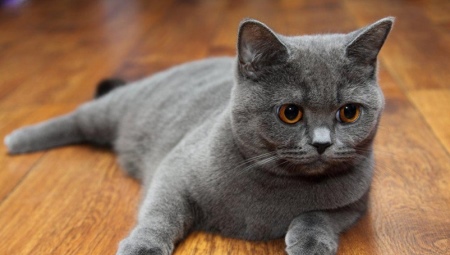Scottish cats are incredibly friendly, positive and cute creatures. They get along well with people and become loyal friends.
Scottish Straights is one of the subspecies of the Scottish cat breed. They are sometimes compared with the British, this is due to the fact that representatives of the British and lop-eared Scots crossed for breeding.
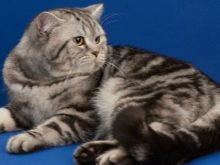
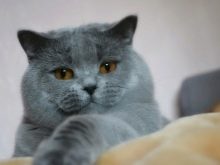
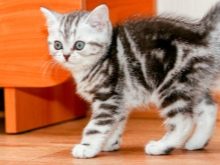
Origin history
The history of this breed begins with the fold Scottish cat Susie. She was born with a genetic disorder, which is why her ears were pressed to her head. This defective gene was also transmitted to some kittens from her litter. The history of the Scottish fold breed began with them. But the kittens born with straight ears gave rise to the Scottish Straight breed. However, upright kittens were not interested in breeders for a long time.
The impetus for the development of the straight Scottish breed was given in 1975, when a study was published on how and with whom to knit Scottish folds. The fact is that if you knit two fold representatives, the kittens were born weak and painful, but if you knit them with straight Scottish or British, the kittens appeared healthy. And to strengthen the genes of Scottish Straights, they, in turn, were knitted with representatives of the British breed.
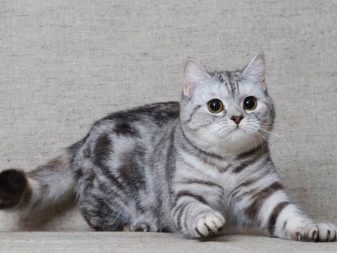
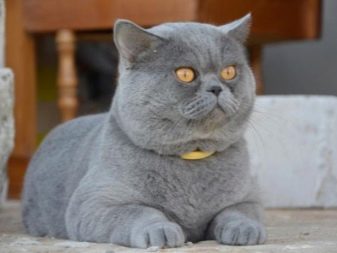
A new stage in the development of the breed began with the advent of lop-eared and straight-eared Scots in America. There, work was carried out to develop stable parameters and qualities of their representatives. Scottish Straights there were knitted with a medium-sized American cat.Thus, two subspecies of erect scots appeared.
Interesting that Scottish Straights began to be registered as a separate breed only in 2004, before that they were assigned to the British breed. And although far from all international associations and organizations recognized them as a separate breed, Scottish Straights can participate in international exhibitions with the code SFS71.
The development of the breed did not stop there. And now work is underway to change the parameters of its representatives, of course, within the established framework.
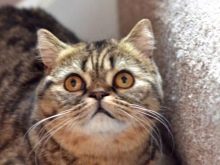

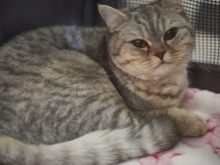
Description
Representatives of Scottish Straights are divided:
- on long-haired (highland straight, sometimes isolated as a separate breed);
- Shorthair.
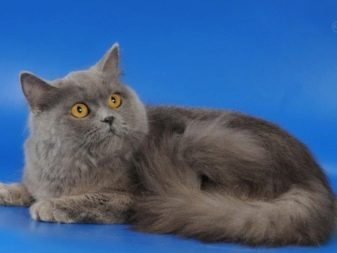
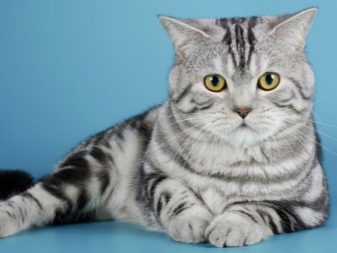
Representatives of each registered breed have their own fixed parameters registered by WCF. In Scottish Straights, the following are considered fixed.
- The head is elegantly rounded. The slightly pointed ears are widely spaced (in kittens 2-3 fingers of an adult are placed between them, and in adults - 3-5 fingers).
- The muzzle is oval and slightly flattened. Scottish Straights have large “hamster” cheeks and a long mustache. The eyes should be big. For straight Scots, the nose is small and slightly upturned, and for American representatives it is wider and longer (the result of crossing with an American cat). More recently, representatives of the breed with a large long nose uncharacteristic for Scots have been registered. Due to the special structure of the muzzle, it seems as if the Scots are always smiling.
- The head is set on a short powerful neck. Due to the thickness of the coat, it seems that there is no neck, and the head is attached directly to the body.
- The body is not very long, but strong and muscular. The front and back are approximately the same in width and volume.
- The paws are short and very strong. Pads are small. Fingers pressed tightly together.
- The tail is long and flexible.
- Scots coat is thick enough. Its length depends on the variety of the breed. In long-haired representatives, a peculiar “collar” forms on the neck, and “panties” on the legs. Cats are very soft to the touch. Some compare the softness of wool with plush.
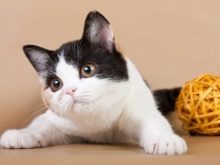
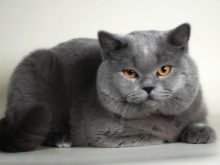
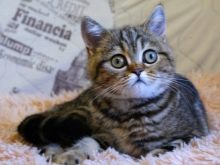
The color of Scottish Straights is very diverse. This breed has more than 25 shades of coat color. Here are the most common ones:
- pure white;
- white with black and red dots;
- white with a golden hue;
- ginger;
- purely sand color;
- sand color with darker stripes;
- shaded color (light undercoat and tips);
- cream;
- smoky;
- marble;
- black color;
- black smoke;
- black interspersed with other colors;
- pure gray;
- gray with darker stripes.
Interestingly, the Scots, instead of the usual murmur, make sounds that look like a quiet creak.
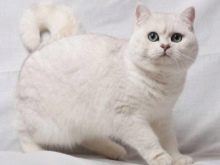
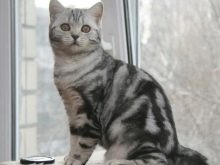
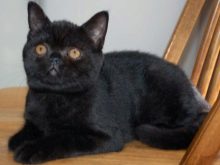
Character Features
Character is one of the important features of representatives of this breed. Cats are very affectionate, calm and completely not vindictive. Even when transporting them to a new place, they remain calm and obedient. They are not aggressive, which allows them to start in homes with young children. Representatives of this breed are very sociable and sociable. There have been cases when cats, living with humans since childhood, adopted the human mode of life, habits and even intonations in their voices.
Scottish Straights prefer to be friends for their masters. They cannot stand excessive affection, they do not like to be squeezed or forcibly picked up. Nabout at the same time they are very fond of picking themselves up in their hands to the owners. They become attached to a person and get bored if they are not there for a long time.
Scots do not require special attention to themselves. Although they love to play and spend time with the hosts. They are easy to train and learn. But you should not expect from them actions not typical for cats. The personal abilities of the animal also mean a lot for training.
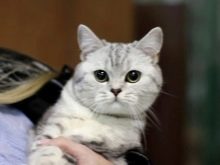
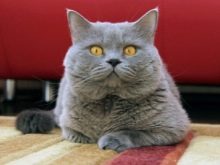
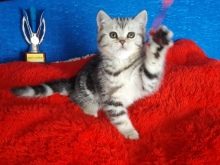
Another great feature of Scottish Straight characters is that they build friendships with all family members, but the pet will choose only one person for itself.
One of the traits that are observed in Scottish Straights is importance. They consider obsession and excessive pranks below their dignity. But at the same time, straights are very sensitive and responsive animals. If the cat considers that someone needs his help, he will immediately appear. And if the owner is in a state of irritation, then he will try not to catch the eye.
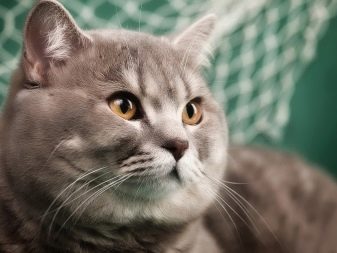
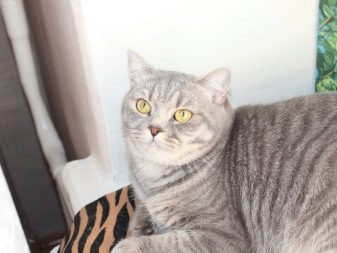
But you should not think that these animals cannot protect themselves. If they are incorrectly brought up or pester by excessive attention (as well as if the child decides to play with the tail of the cat), then they will show their character without any problems. Do not forget that cats (even domestic ones) are nevertheless predators.
Like other breeds, erect scots know how to hunt mice. However, if the little friend never hunted, and the mother cat did not teach him, then most likely he will treat the mouse as a toy.
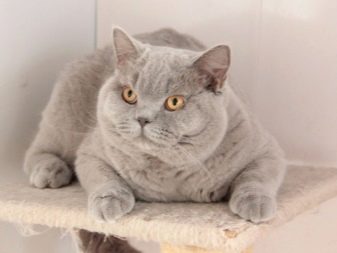
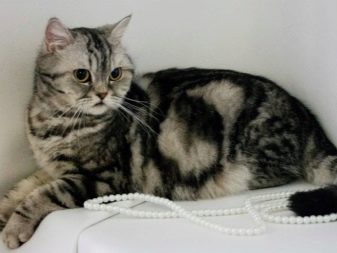
Several factors can affect the nature and behavior of an animal.
- The presence and behavior of children in the house. If the animal is constantly pestering, then it will grow twitchy and aggressive. Most likely, it will be difficult for the cat to make contact.
- The presence of other animals in the house. This is especially important if, in addition to the cat, a dog or other cat lives in the house. Scottish Straights prefer to build good relationships with all animals, but in the case of a dog or other cat, this will depend on their behavior. In addition, the fact of competition for the attention of the hosts will be added.
- The atmosphere in the house. Scottish Straights love peace and comfort. If there are always many guests in the house or the owners do not seek to maintain order, then the animal will be uncomfortable.
- Toys Breeders note that those kittens that had enough toys grow more mobile and not prone to gluttony. This is also important because through the game the kitten learns the world and pumps its capabilities and skills.
- Sterilization. Animals that go through this procedure become calmer and lazy.
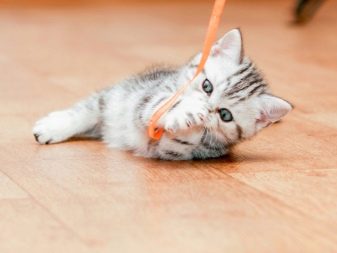
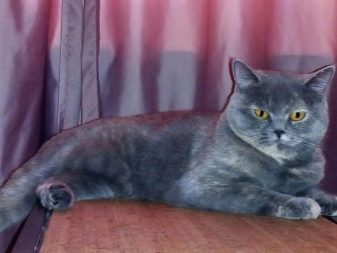
Advantages and disadvantages
From the foregoing, the following positive conclusions can be drawn:
- they are very open, friendly creatures;
- it will always be interesting with them;
- they are independent, but do not ignore the owners;
- Another quality that can be highlighted is that it is easy to speak with them at competitions and exhibitions.
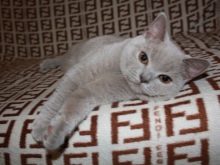
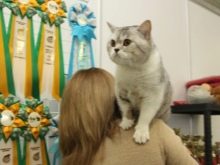
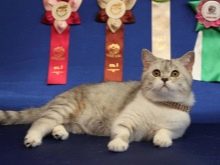
But even such cute creatures have their drawbacks. We will list the main ones.
- Characteristics and waywardness. If they don’t like something, then you will know about it for sure.
- Excessive sociability. They like to accompany their actions with various “mur” and “meow”. Some believe that this is how they attract the attention of the owner.
- And yes they like to be in the spotlight.
- Some owners report excessive affection of the animal. Cats literally did not step away from them.
- Not very fond of contacting strangersbut do not show aggression.
- Stubbornness. If Scottish Straight wanted something, he would get it.
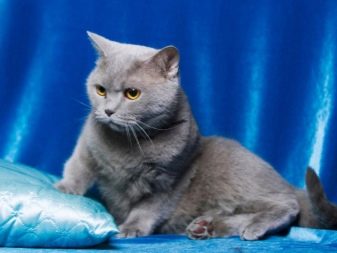
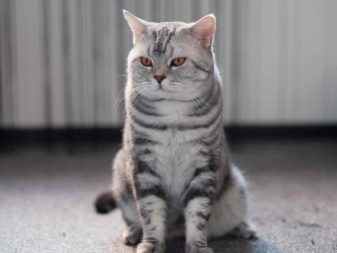
How many years live?
Scottish Straights live about the same as the rest of the cats. Their life span is 15 years, although individuals who have lived up to 20 years or more are often found. In the wild or outdoors, the life span is reduced to 5–7 years. The longevity of domestic cats is due to several features of the breed.
- Scots are prone to bone problems. Because of this, paws can begin to hurt in cats in adulthood.
- Cartilage problems. Also manifest with age. This is a consequence of the fact that one of the kitten’s parents has a genetic abnormality associated specifically with cartilage.
- Scottish Straights are prone to obesity. With this disease, the pet becomes less mobile, often experiencing problems with the gastrointestinal tract.
- The weak spot of a pet may be its ears. If you do not carry out regular cleaning, then excessive pollution and even ulcers will occur.
- Since cats comb out their hair with their tongue, excessive fluffiness leads to problems with the gastrointestinal tract.
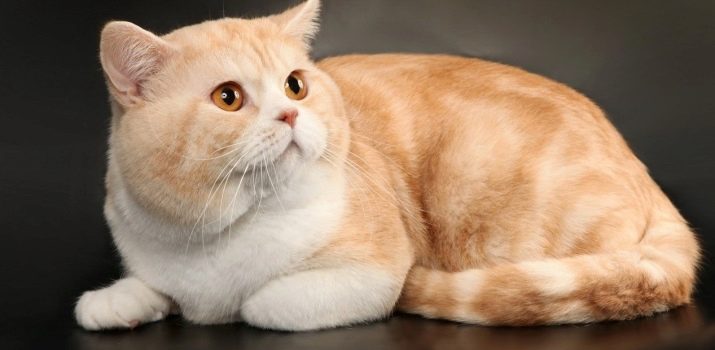
To extend the life of the pet, you need to follow several rules.
- Food should be balanced. It is advisable to feed the pet at the same time.
- It is necessary to vaccinate in a timely manner. Even if the animal does not leave the house, it can catch an infection from street clothes and shoes of owners.
- Periodic walks. They will help the pet to keep fit.
- About 2-3 times a month, hygiene procedures are necessary. These include brushing your ears and combing your hair.
- The kitten should have enough toys so that interest in outdoor games is not lost.
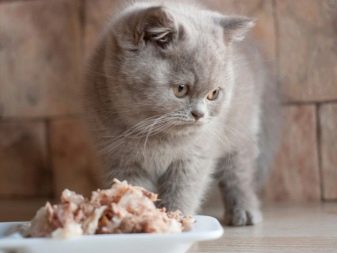
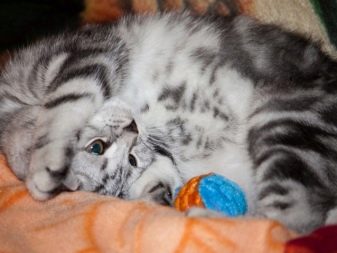
Pet Conditions
The owner's task is to take care of creating all the necessary conditions for keeping the pet. This requires taking care of timely vaccination, proper nutrition, timely mating, proper care and preparation of the premises for the appearance of the pet.
Caring for a kitten is more difficult than for an adult. This is due to the fact that the kitten requires more attention and is more susceptible to disease. In addition, the process of development of the body can be a source of poor health of the animal.
Do not forget that a lot in the development of a pet depends on the owner. The main task of the owner should be to ensure a safe, calm and comfortable life of the pet.
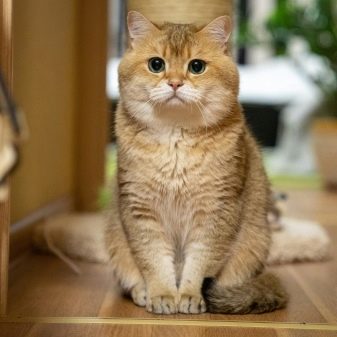
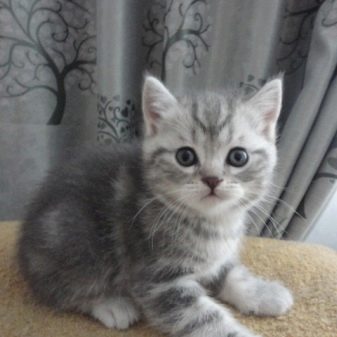
Immediately after acquiring a pet, he must be shown to a veterinarian. A professional will be able to talk about the individual characteristics of a little friend and make a schedule for taking the necessary drugs and vaccinations.
To prevent the development of most dangerous diseases, you need to get vaccinated. They begin to make them at 8 weeks of kitten life. Given that kittens are taken from their mother-cat only at weeks 8–10, vaccinations are given within a few days after acquiring a pet.
All vaccinations are divided into mandatory and recommended. Recommended include rabies vaccination (for cats that go outside, it is mandatory) and leukemia. Vaccination against leukemia is carried out twice: the first time at 8 weeks, the second - at 12 weeks of a kitten's life. But a rabies vaccine is not recommended for a kitten younger than 6 months old. In subsequent years, it is recommended to vaccinate a pet once a year. Mandatory vaccinations include vaccinations: from panleukopenia, calicivirosis, chlamydia, rhinotracheitis. All vaccinations except chlamydia are given at weeks 8 and 12. Chlamydia vaccinations are given at weeks 16 and 18 of the pet’s life. In subsequent years, all vaccinations are given once a year.
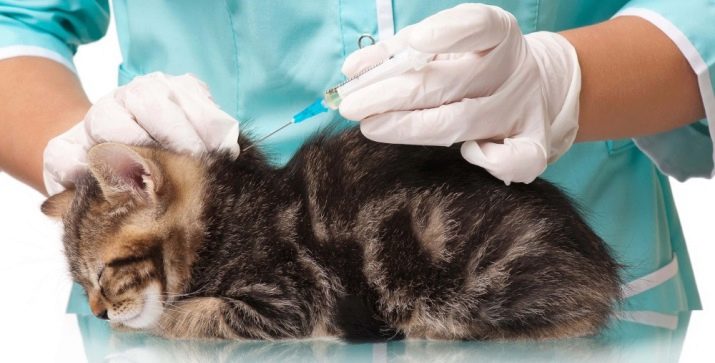
Particular attention should be paid to hygiene rules. For adult cats and kittens, they are slightly different.
While the kitten’s body is not strong enough, more attention should be paid to the purity of those objects with which it is in contact. This applies mainly to street clothes and shoes of the owners. It is recommended not to let the pet to the open door and to wash the floors in the hallway with the addition of a disinfectant.
Toilet trays must be handled carefully. The filler must be updated every time, be sure to completely clean the used one, after which the tray must be washed with warm water. About once every 3-4 days, the trays of kittens need to be treated with a disinfectant solution. After cleaning, the tray must be dried and refilled with filler.
If the kitten was born weak, then you can give him immunostimulatory or antiviral drugs. To choose the right drug, you need to consult a veterinarian.
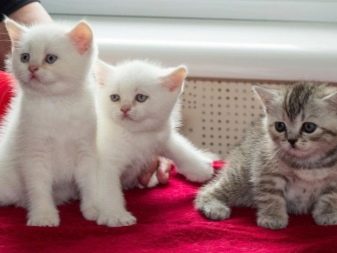
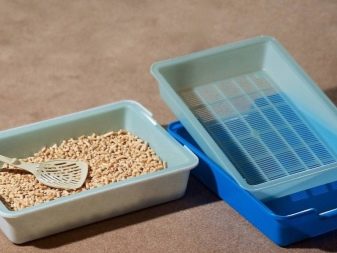
Worms become another danger for cats. They live in the body of almost every individual. If a straight-eared cat is healthy and strong, then parasites have no opportunity to develop, but when the body is weakened, then worms can enter the gastrointestinal tract, where they will develop. And even if the parasites can not cause serious harm to the body, they will still cause ailments. The weakening of the body of the pet can be triggered by stress, illness, estrus, pregnancy.
A characteristic sign of the appearance and development of worms is vomiting (of course, if the cat's body did not tear off wool or other foreign objects) or coughing (without other signs indicating a cold).
Check for the presence of parasite larvae in the body of the pet every 6 months. If they were found, then the veterinarian prescribes a course of treatment - usually it is 21 days - after which a second check is carried out. Another necessary measure is the disinfection of all objects with which the animal came into contact (toys, its bed, etc.).
In addition, there are ailments caused by the natural development of the body. For example, fever and general lethargy of a pet when changing some teeth.
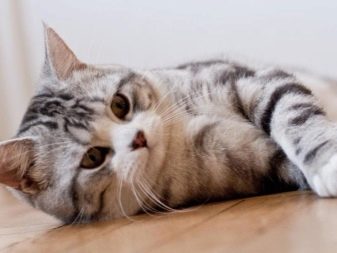
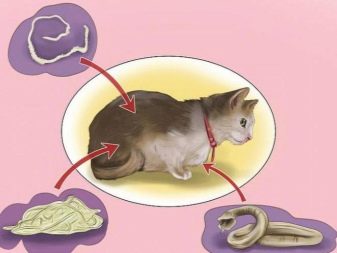
Some owners need to trim the nails of their pets. This cannot be done before 6 months.. And in the process of cutting the claws can not affect the pinkish part. Damage to the part of the claw in which there are capillaries can cause the pet to feel unwell. This procedure is necessary with special nippers, they can be purchased in specialized stores. Before the procedure, the nippers must be disinfected so as not to accidentally introduce the infection.
Wool care is also very important.. The fact is that the Scots have very thick hair, and often overgrown with undercoat. To make it easier for the pet to lick their fur coat, the owners need to periodically comb out the hair with a special cat comb. This process can become a kind of pleasant communication with your pet.
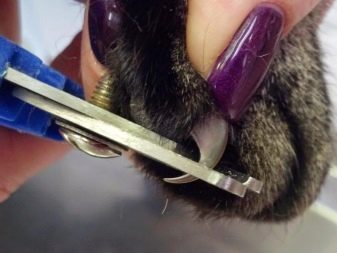

What to feed?
There are several nutrition options for Scottish Straights.
- Ready meals. To date, a large number of options for ready-made mixtures are presented in stores. Manufacturers make a menu for pets based on all the substances and vitamins they need. However, it is worth noting that in addition to this, some manufacturers can add addictive substances. If a pet eats such food for a long time, then over time nothing but it will no longer be eaten.
- Homemade food. It consists in preparing for the pet individual dishes with their own hands. This is the best option for kittens. However, it requires a lot of free time.
- Combined menu. Means a mixture of purchased and home-made food.
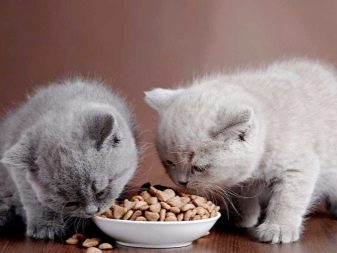
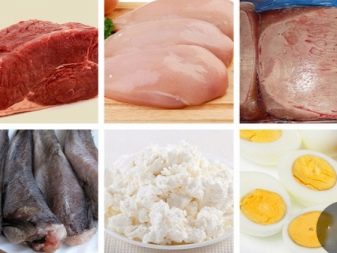
The choice of type of food depends on three factors:
- the time that owners can devote to cooking;
- pet health;
- than the beast is used to eating.
Let us examine in more detail how each type of food is different.
To create a natural menu, you will need to study the literature on what vitamins a little friend needs. Typically, a natural menu includes steamed or raw vegetables, fish, eggs, dairy products, poultry, offal, cereals and cereals. Since cats are still predators, the basis of their nutrition should be meat and protein (it is necessary to strengthen the skeleton).
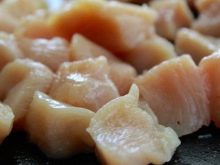


Finished feed can be divided into dry and wet (feed in bags). And by quality they are divided:
- premium feed;
- super premium;
- economy class.
Since the Scots are very responsive to the composition of the food, economy class feeds are not suitable for them. They can be used once, for a variety of nutrition.
Scottish Straights are recommended to feed at least premium feed. Their composition does not have harmful fillers. Super premium food is suitable for pets with gastrointestinal problems.

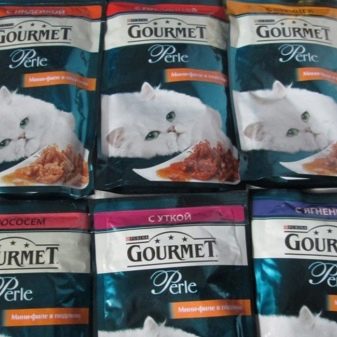
To maintain the body of the pet, it is necessary to supplement its nutrition with vitamin complexes. They are sold in veterinary clinics or pharmacies. There are vitamin complexes created specifically for the Scottish breed. In this matter, there is no difference between fold and erect representatives of the breed. In addition, it is worth growing a special cat grass on the windowsill. Seeds of this herb are sold at pet stores. This will allow the animal to always receive fresh vitamins. Do not feed your pet grass grown on the street, as the stalks may contain parasite larvae.
Special attention should be paid to drinking water. The pet should always have access to it. You can pour water into a bowl or a special drinker. Many pets prefer to drink tap water. Also, representatives of the Scottish Straight breed celebrate their love for cooled tea.
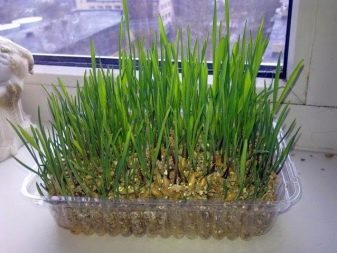
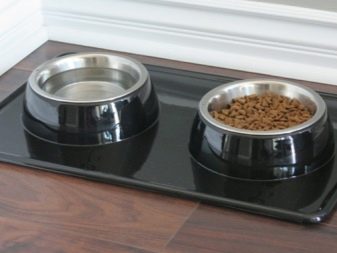
Breeding
Breeding kittens is a pleasant activity, allowing you to take part in strengthening this breed.
Puberty cat puberty occurs at the 7th – 9th month. Nevertheless, the first mating is recommended not earlier than a year and three to four months. By this moment, the cat is ready to become a mother. If you hurry with the first mating, it can lead to psychological trauma of the cat, loss of offspring.
The first mating is carried out during 2-3 estrus. The number of leaks per year may be different. Experts point out that thoroughbred cats have much less of them than representatives of mixed breeds. The term of estrus for each individual is individual, but on average it is 4-6 days. Since there are also “early” cats that are ready for motherhood before reaching one year of age, specialists have introduced the optimal readiness indicator for cats. This indicator is defined as the cat's achievement of a weight of 3 kg.
Interestingly, some registration systems do not record as thoroughbred kittens born to a cat under one year old.
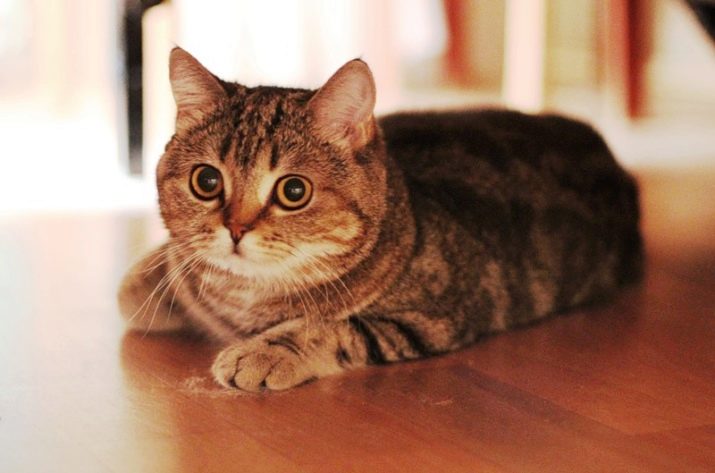
Determining the period of estrus in a cat is quite simple. There are a number of signs by which one can recognize her readiness for motherhood.
- Will yell. In this way, the cat will call a “gentleman”. Contrary to popular belief, it is not always manifested. In the first heat, the cat can remain completely calm.
- Change habits. For example, it will begin to roll on the floor, lie down on the floor and trample the floor with its hind legs.
- May start marking territory. This happens when she was left without a cat for several leaks in a row. In this way, the cat will strive to indicate its presence to potential "gentlemen".
- During this period, the cat becomes relaxed. Even the most aggressive individuals during estrus allow themselves to be held together.
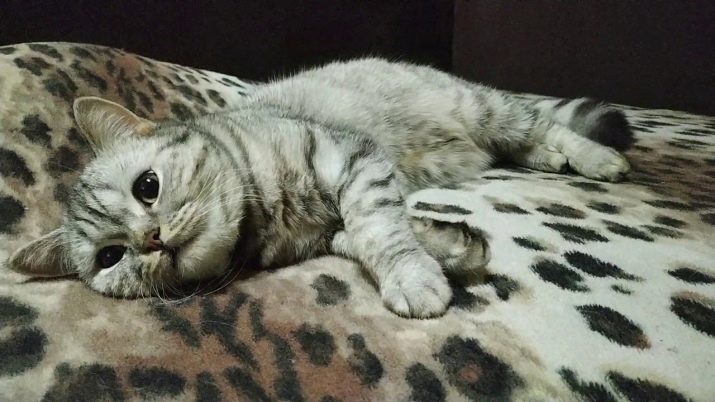
Ignoring estrus can lead to serious consequences: in addition to spoiled things, it is also fraught with diseases that can provoke stress.
To obtain offspring with parameters that comply with the standard, you must adhere to the rules established by WFS (World Federation of Cats).
Scottish Straights are knitted with Scottish folds. A pet belonging to the breed of Scottish erect, can be associated with the American version of this breed. With representatives of the British breed knitting is prohibited.
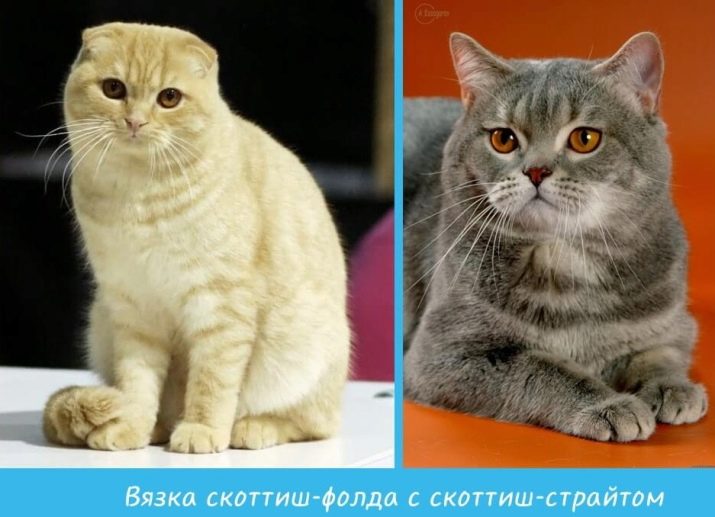
To obtain beautiful offspring, you need to select individuals with a similar color. For example, a good result will be obtained from mating individuals of sand and tortoise color. But experiments with individuals of completely different shades (for example, golden and silver) usually end badly. Kittens are born with a heterogeneous color or with two-tone eyes. Since most buyers choose a pet for aesthetic reasons, such kittens will be difficult to implement.
Before sending a pet for mating, you need to ask the owners of the “gentleman” all the necessary tests, as well as vaccination certificates. Do not happen to a cat with a cat, if his "ladies" are "conveyor", as cats also have sexually transmitted diseases. Even if at the time all the tests were completed, the cat was healthy, he could pick up something from one of his “ladies”.
After the mating has occurred, you need to change the diet of your pet. More dairy products, vitamins and meat need to be added.
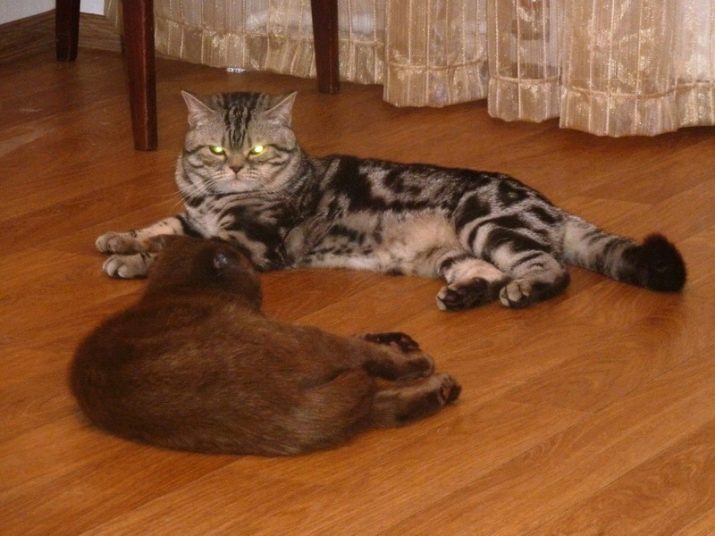
How long does a cat walk pregnant?
A cat's gestational age is about 9 weeks (56–64 days). Only a qualified doctor after 3 weeks can determine the fact of pregnancy. However, the owner should pay attention to possible changes in behavior. The cat will be more lazy, will visit the tray more often, it may display toxicosis.
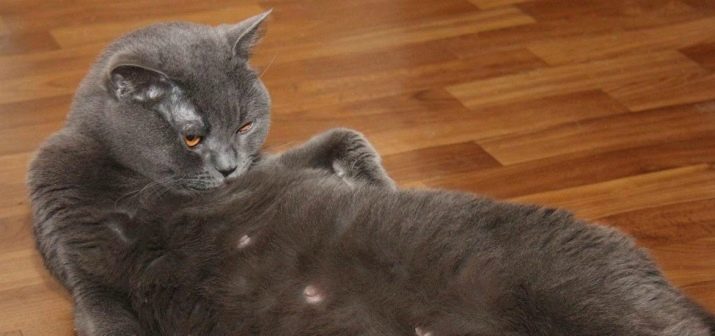
Special attention should be paid to the place where the cat can give birth. The approximation of the moment of birth of kittens can be determined by the following signs:
- the cat becomes restless, refuses to eat, licks a lot, often breathes and drinks a lot;
- for 2-3 days, the cat settles in the place that she chose for childbirth, and no longer leaves him.
Typically, the cat is able to cope on its own, but if you see that the bleeding has begun or the delivery is delayed, invite a veterinarian.
There is also a false state of pregnancy. As a rule, this is the result of hormonal failure. To determine for sure that the pregnancy is false, you need to show your pet to the veterinarian.
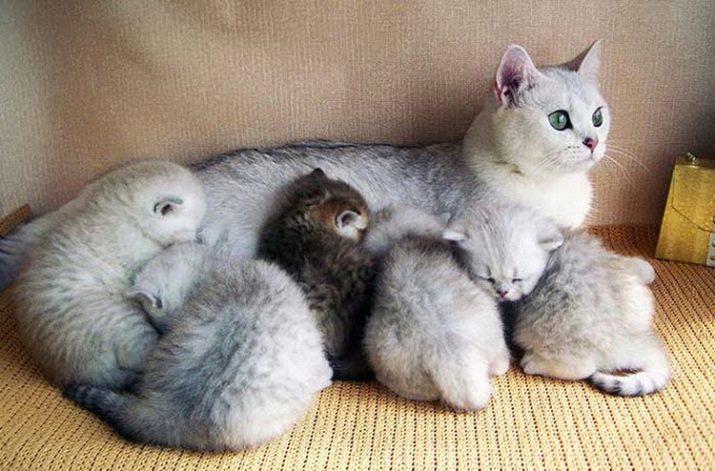
Popular nicknames
Names for the girl:
- by status of the highest persons: Lady, Marquise, Countess, Princess, Viscountess, Queen;
- names of literary characters: Hermione, Ginevra, Lavender, Luna, Joe, Minerva, Lucy, Susan, Teloni, Cassandra, Lily, Glozel, Asharta, Betty, Gail, Jadis;
- Names of movie characters: Elizabeth, Jane, Katherine, Elizabeth, Gertrude, Arya, Anna, Emma, Macbeth, Katnis, Louise, Josephine, Alice, Scarlet, Tess, Holi, Becky, Nancy, Shirley, Eliza, Mary, Lisabeth, Lisale, Dorothy, Matilda, Judy, Clarissa;
- just beautiful names for the cat: Berta, Sayuri, Masai, Verika, Rosa, Kama, Nili, Terry, Patchet, Amelie, Agipa, Stephanie, Ronessa, Clio, Gaia, Ida, Shirley, Zara, Vesta, Lana, Nur, Fati, Della, Samia, Adelaide, Astra, Verginia, Beatrice, Vassa, Virginia, Sherl, Charlie;
- unusual nicknames for cats: Aquamarine, Pearl of Aslan, Artemis, Daphne, Ornel, Simon, Amelia, Verik, Jasmine; Aurora, Diana Audrey, May, Farah, Greta, Lavia, Onett, Rania, Levy, Lada, Melody, Amazon, Ice, Muse, Hebe, Giselle, Augustus, Vasilisa, Isold, Andromeda, Euredica.
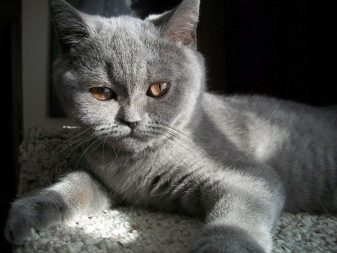
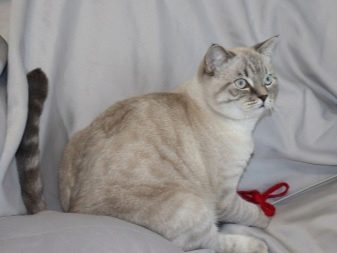
Male names:
- unusual name for a cat: Apis, Ajib, Aikhi, Gliss, Xenon, Albus, Avalon, Genghis Khan, Bersek, Lazarus, Lubomyr, Viking, Ambrose, Black, Bree, Buddy, Charlie, Yudwig, Bacchus, Vissarion, Robinson, Cupid, Dragon;
- names associated with literature: Bruno, Sirius, Digori, Orey, Roland, Aslan, Leo, Martel, Hermes, Gordy, Oracle, Helios, Ichthyander, Attil, Hades;
- just beautiful names: Archie, Marx, Amaris, Goga, Goshan, Cameron, Albert, Filch, Adam, Sphinx, Augustine, Asterix, Pechorin;
- by status of the highest persons: Marquis, Senior, Earl, Prince, Emperor, Baron;
- funny nicknames: Scotch, Octave, Schubert, Drachun, Jedi, Jacuzzi, Waltz, Webster, Erofei, Viking, Citrus, Baton, Neo, Dylan, Jingo, Zhmot, Zhuzhik;
- names of cats by their color: Snowball, Blond, Young, Peach, Garfield, Ginger, Gold, Belize, Gray, Archie, Cloud, Arctic, Snowdrift, Winter, Rainbow, Smoke.
Great ideas will be to gather the whole family to choose a name.
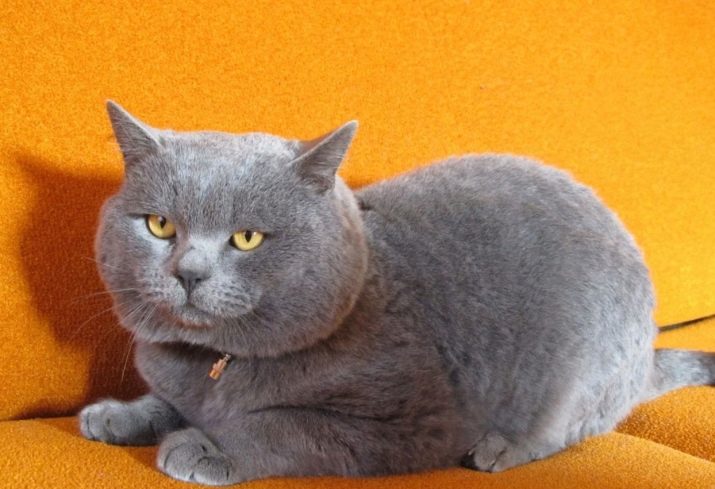
Owner reviews
Most owners note that representatives of this breed are very smart and easy to educate. Scottish Straights are stress-resistant, not aggressive, very fond of attention. Some owners have noted food legibility and difficulty with the paws and stomach in childhood.
At the same time, the Internet is full of reviews about the unbearable nature of animals. It is noted that kittens like to tear wallpaper and furniture.Due to the selfish nature, the caress of the owners towards other pets is perceived very disapprovingly.
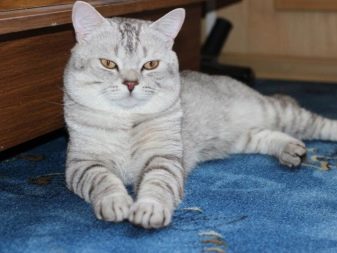
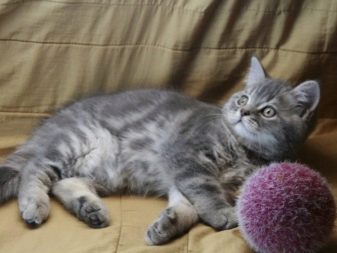
All about this breed of cats, see the next video.
